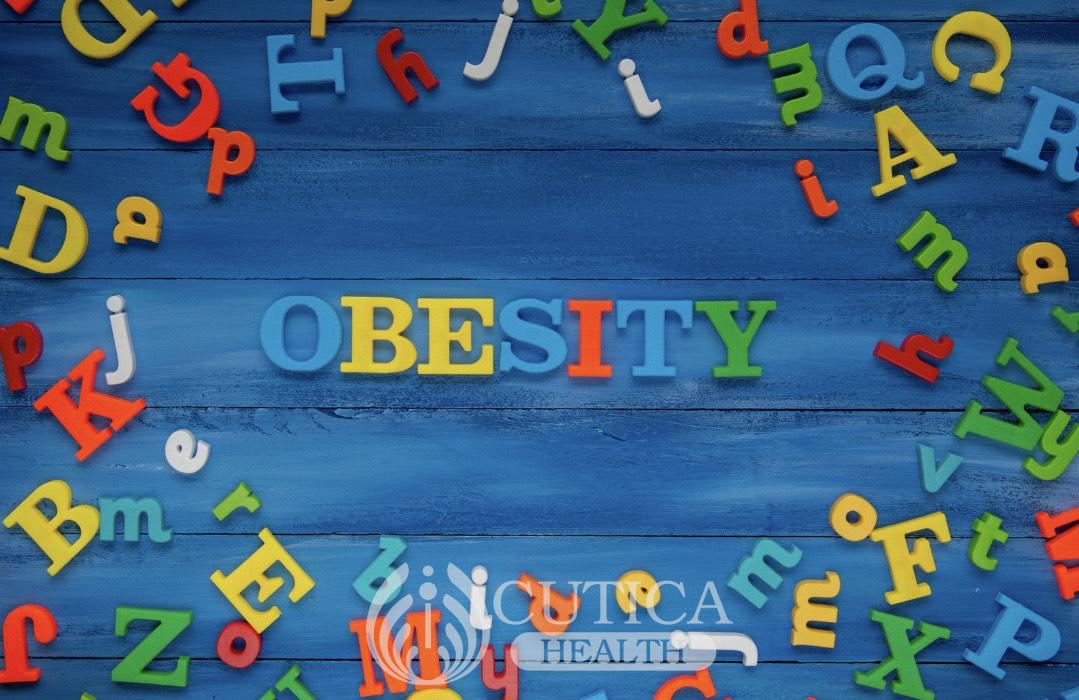
When Sarah was pregnant with her first child, she had a lot of questions about what to expect during labor and delivery. Her doctor had told her everything would likely go smoothly, but she couldn't shake the feeling that something might go wrong.
As it turned out, Sarah's fears were well-founded. When her baby was born, he wasn't breathing. The medical team rushed to revive him, but it was clear he had suffered from birth asphyxia, which means a lack of oxygen to the brain during birth.
What is birth asphyxia?
Birth asphyxia is a condition that can occur when a baby doesn't get enough oxygen before, during, or after labor and delivery. This can happen for various reasons, such as problems with the umbilical cord, a blockage in the baby's airway, or poor blood flow through the placenta to the baby.
According to the World Health Organization (WHO), birth asphyxia accounts for an estimated 900,000 deaths annually and is one of the leading causes of death in newborns. The most common cause of this condition is complications during childbirth.
Symptoms of Birth Asphyxia
The symptoms of birth asphyxia can vary depending on how severe the oxygen deprivation was and how quickly the baby was treated. Some common signs include:
- Not breathing at birth
- Blue or pale skin color
- Slow heartbeat
- Low blood pressure
- Seizures or convulsions
- Difficulty feeding or staying awake

Treatment for Birth Asphyxia
If a baby is born with birth asphyxia, the medical team will work quickly to revive them and get them the oxygen they need. This may involve using a breathing tube, giving oxygen through a mask, or using a machine to help them breathe.
Sometimes, the baby may need to be transferred to a neonatal intensive care unit (NICU) for further treatment. This can include giving medications to help with brain function and monitoring for potential complications, such as brain damage or developmental delays.
Long-term effects of birth asphyxia
The long-term effects of birth asphyxia can vary depending on the severity and duration of the oxygen deprivation. Some possible effects include the following:
- Brain damage: The brain is susceptible to a lack of oxygen and can be permanently damaged if not treated quickly. This can lead to cerebral palsy, developmental delays, and learning difficulties.
- Vision and hearing loss: Damage to the eyes or ears due to a lack of oxygen can result in vision or hearing loss.

- Developmental delays: Children who have suffered from birth asphyxia may have delays in reaching developmental milestones such as sitting up, crawling, walking, and talking.
- Neurological problems: Birth asphyxia can cause damage to the nervous system, which can lead to seizures, difficulty with coordination and balance, and behavioral problems.
- Physical difficulties: Birth asphyxia can cause damage to the muscles, joints, and bones, which can lead to problems such as weakness, stiffness, and difficulty with movement.
It's important to note that these effects may not be immediately visible and may take some time to manifest. Regular monitoring and early intervention can prevent or reduce these effects.
Prevention of birth asphyxia
Several things can be done to help prevent birth asphyxia. These include:
- Regular prenatal care to monitor the health of the mother and baby
- Close monitoring during labor and delivery
- Identifying and treating any problems with the umbilical cord or placenta
- Delivering the baby quickly in cases where there is a lack of oxygen
In conclusion, with proper care and monitoring, many babies who experience birth asphyxia can go on to lead healthy lives.












